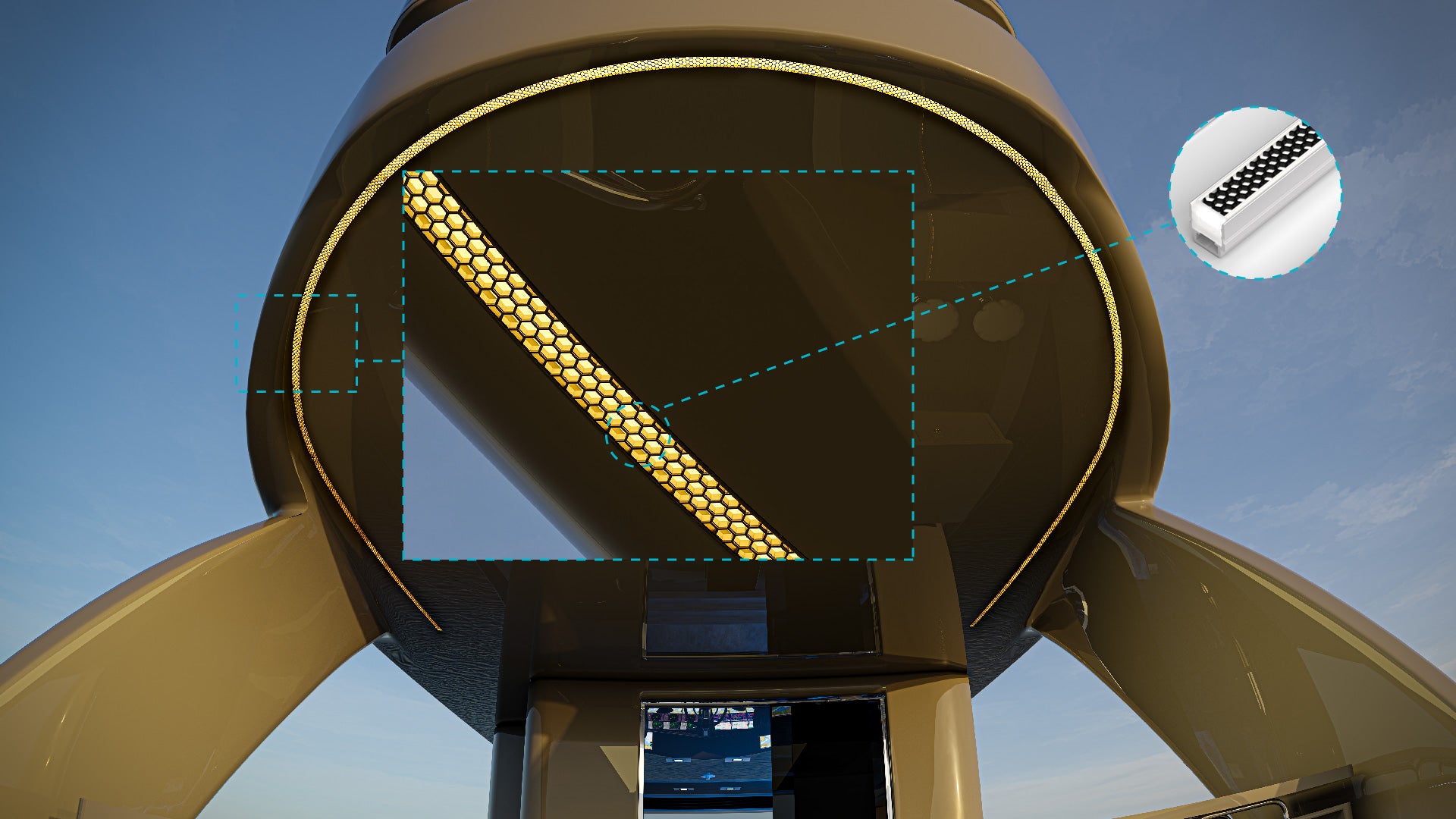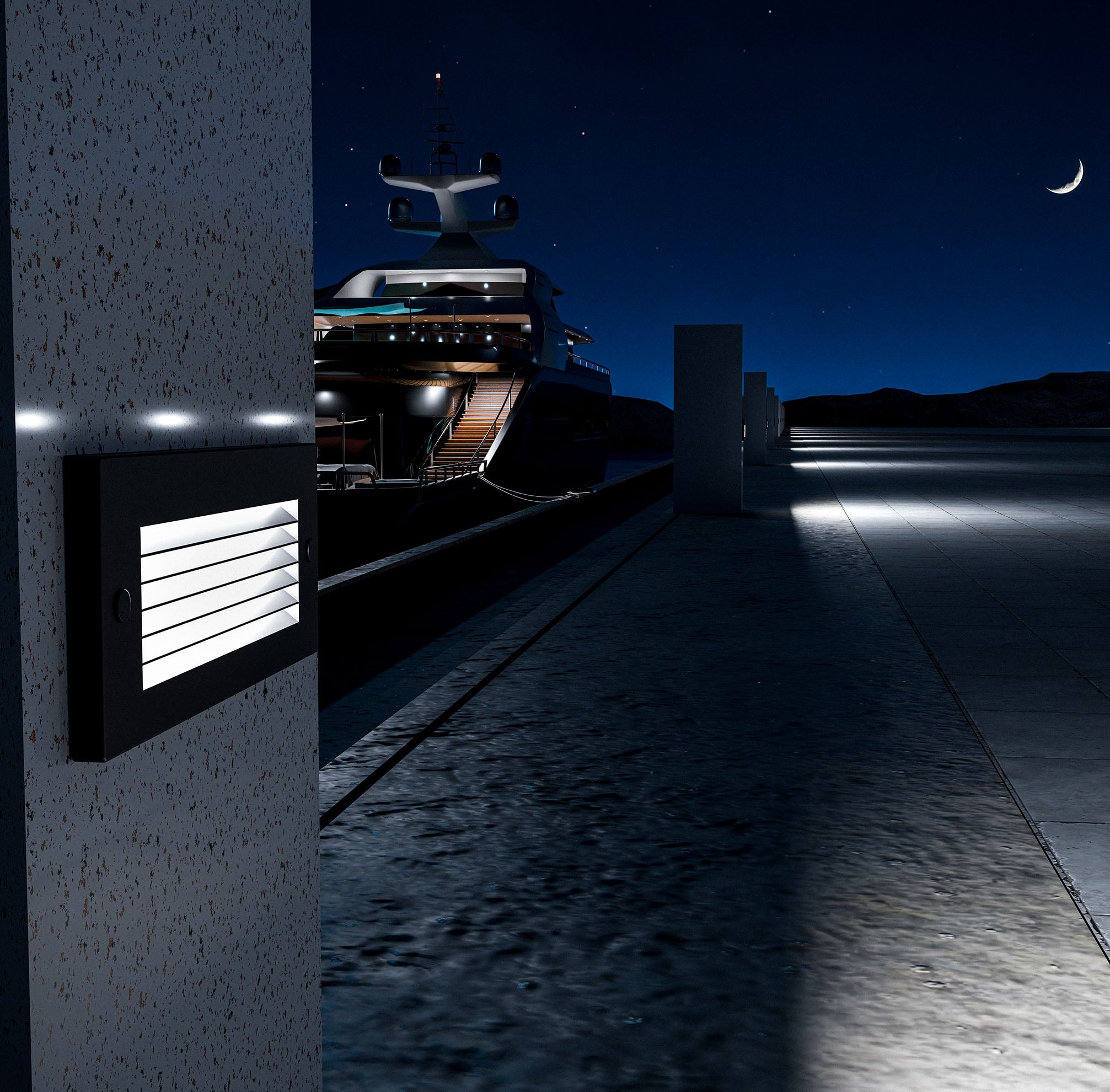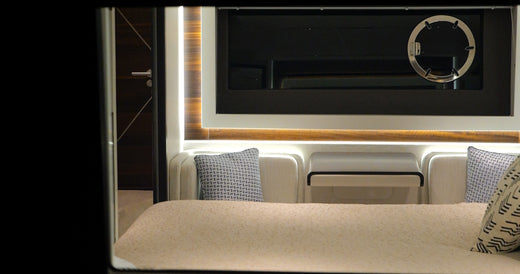Lighting is one of the most critical aspects of interior design, often making the difference between a dull space and a visually appealing environment. LED light strips have surged in popularity due to their versatility, energy efficiency, and ability to dramatically enhance any room with the right placement. This blog will explore how you can use LED light strips to accentuate fixtures in your home or business, turning ordinary features into focal points that elevate the overall aesthetic.
Understanding LED Light Strips
Explanation of LED Light Strips and Their Versatility
LED light strips are flexible circuit boards populated with LEDs (light-emitting diodes) that can be easily mounted to almost any surface. Their flexibility allows them to be shaped, curved, and cut to fit the contours of your fixtures, making them ideal for both straightforward and complex lighting designs.
Types of LED Light Strips Available
- Color-Changing LED Strips: These strips offer RGB (Red, Green, Blue) capabilities and can produce a wide range of colors. Ideal for creating dynamic lighting effects that can be adjusted to match the mood or occasion.
- Dimmable LED Strips: These strips allow you to adjust the brightness, providing both functional and ambient lighting. They are perfect for areas where you might want different light intensities at different times, such as a living room or bedroom.
- Waterproof LED Strips: Designed for both indoor and outdoor use, these strips are coated with a protective layer, making them suitable for kitchens, bathrooms, or outdoor patios where moisture might be a concern.
Benefits of Using LED Light Strips for Accent Lighting
- Energy Efficiency: LED light strips consume significantly less power than traditional lighting options, helping to reduce energy bills and environmental impact.
- Long Lifespan: LEDs can last up to 50,000 hours or more, depending on usage, meaning fewer replacements and lower maintenance costs.
- Ease of Installation: Most LED light strips come with adhesive backing, making them easy to install without the need for professional assistance.
Choosing the Right LED Light Strips for Your Fixtures
Factors to Consider When Selecting LED Light Strips
- Brightness: Measured in lumens, the brightness of your LED strips should correspond to the purpose of the lighting. For example, under-cabinet lighting in a kitchen might require a brighter output compared to accent lighting in a living room.
- Color Temperature: Ranges from warm white (2700K) to cool white (6500K). Warm whites create a cozy, inviting atmosphere, while cool whites are ideal for task-oriented areas like workspaces or kitchens.
- Size and Flexibility: Depending on where you plan to install them, you may need narrower strips for tighter spaces or more flexible strips to wrap around curved surfaces.
Matching LED Light Strips with Specific Fixtures
- Cabinets: Use bright, cool white strips for functional lighting that illuminates workspaces, or warm white for a more ambient, decorative effect.
- Shelves: Highlight collectibles or books with LED strips that provide a soft glow, drawing attention without overwhelming the items on display.
- Mirrors: Backlit mirrors can add a luxurious touch to bathrooms or bedrooms, providing soft, even lighting that’s perfect for makeup application or grooming.
Tips on Ensuring Compatibility with Existing Fixtures and Decor
- Ensure that the LED strips you choose match the aesthetic of your room. For example, a modern, minimalist space might benefit from cool white or RGB strips, while a more traditional space might look better with warm white LEDs.
- Consider the existing color palette of your room and choose LED strips that either complement or contrast in a visually pleasing way.
Installation Tips and Techniques
Step-by-Step Guide to Installing LED Light Strips on Different Fixtures
-
Cabinets and Shelves:
- Measure the length of the area where the strip will be installed.
- Clean the surface thoroughly to ensure the adhesive backing sticks properly.
- Cut the LED strip to the desired length, following the manufacturer's guidelines.
- Apply the strip to the underside of the cabinet or shelf, pressing firmly to secure it in place.
- Connect the strip to a power source, hiding wires with cable management solutions if necessary.
-
Mirrors and Vanities:
- Attach the LED strip to the back of the mirror or vanity frame, ensuring the light is evenly distributed.
- Consider using dimmable strips for a softer light, perfect for creating a relaxing atmosphere in bathrooms or bedrooms.
- If possible, connect the strip to a smart home system to control the lighting via voice commands or mobile apps.
-
Architectural Features:
- Use LED strips to highlight crown molding, baseboards, or other architectural elements.
- Opt for LED strips with a higher brightness level if the aim is to draw significant attention to these features.
- Install the strips in a recessed manner, so the light source is hidden, creating a more subtle and elegant effect.
Tips for Hiding Wires and Achieving a Clean Look
- Use cable channels or conduits to hide wires along walls or under cabinets.
- Consider using battery-operated or rechargeable LED strips in areas where wiring would be too visible or complicated to conceal.
- If installing around corners, use connector clips to maintain the integrity of the strip and ensure a continuous light flow.
Safety Considerations During Installation
- Always turn off the power supply before beginning installation to avoid electric shocks.
- Ensure that waterproof strips are used in areas exposed to moisture to prevent short circuits or damage.
- Avoid overloading circuits by checking the wattage of your LED strips and ensuring your power source can handle the load.
Creative Ideas for Accenting Fixtures with LED Light Strips
Innovative Ways to Use LED Light Strips to Enhance Various Fixtures
- Under-Cabinet Lighting in Kitchens and Bathrooms: LED strips under cabinets provide both functional task lighting and a modern aesthetic. They can be used to illuminate countertops, making food preparation safer and easier, while also adding a sophisticated touch to the room.
- Backlighting for Mirrors and Artwork: Adding LED strips behind mirrors creates a halo effect that is not only practical but also adds a luxurious feel to the space. Similarly, backlighting artwork can make your favorite pieces stand out, creating a gallery-like atmosphere in your home.
Maintaining and Troubleshooting LED Light Strips
Tips for Maintaining LED Light Strips to Ensure Longevity
- Regularly dust and clean the LED strips to prevent dirt build-up, which can dim the light output over time.
- Check connections periodically to ensure that wires are not loose, which could cause flickering or intermittent operation.
- If installed in areas prone to moisture, ensure that the waterproofing remains intact and the strips are not exposed to excessive humidity.
Common Issues and Troubleshooting Tips
- Dimming: If the LED strips seem dimmer than usual, check for voltage drops or loose connections. Ensure that the power supply is adequate for the length of the LED strip.
- Flickering: Flickering can be caused by incompatible dimmers, loose connections, or an inadequate power supply. Use LED-compatible dimmers and check all wiring connections.
- Connection Problems: If sections of the LED strip are not lighting up, it could be due to a faulty connection. Check the solder points and connectors, and replace them if necessary.
How to Replace or Upgrade LED Light Strips When Needed
- If a section of the strip is damaged, you can replace just that section by cutting out the faulty part and splicing in a new segment.
- Consider upgrading to more advanced LED strips if you want additional features, such as smart home integration or higher brightness.
LED light strips are a versatile and stylish solution for accenting fixtures in any room on your boat. Whether you're looking to add functional lighting under cabinets, create a relaxing atmosphere in the bathroom, or highlight architectural features, LED strips offer endless possibilities. By choosing the right strips, following proper installation techniques, and maintaining them well, you can transform your space with minimal effort and cost.
Ready to elevate your yacht lighting? Explore K2 Lighting's range of high-quality marine LED light strips to find the perfect solution for your lighting needs.





